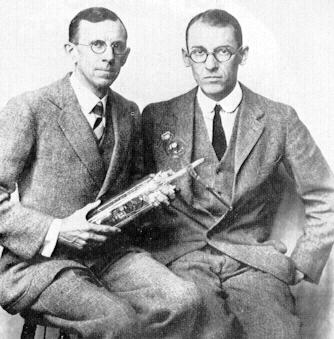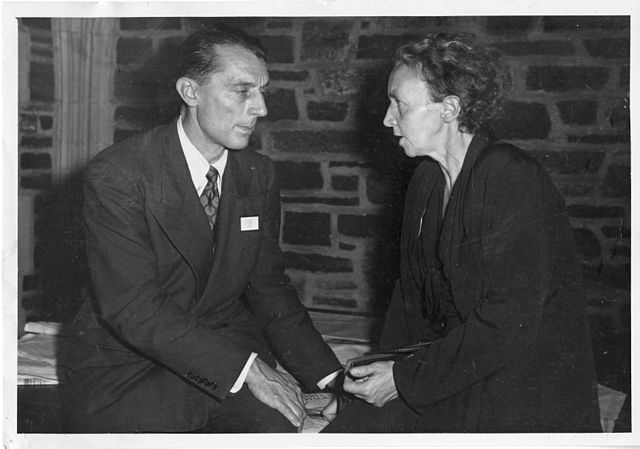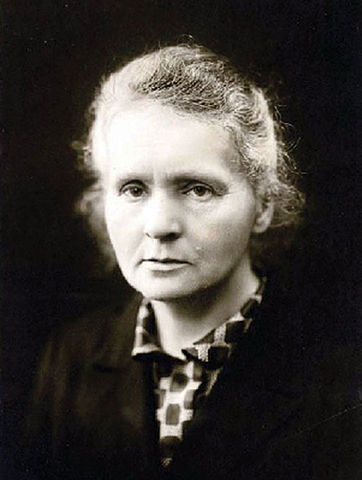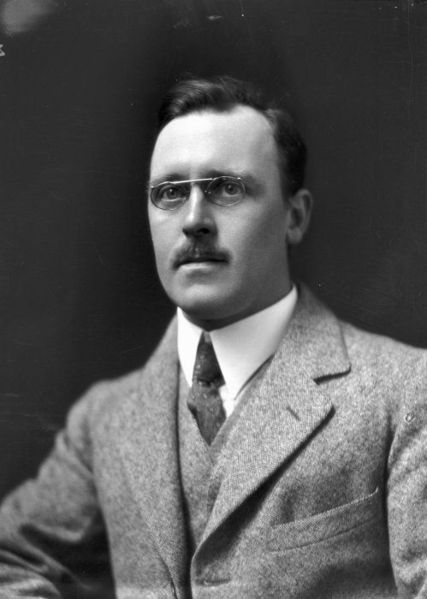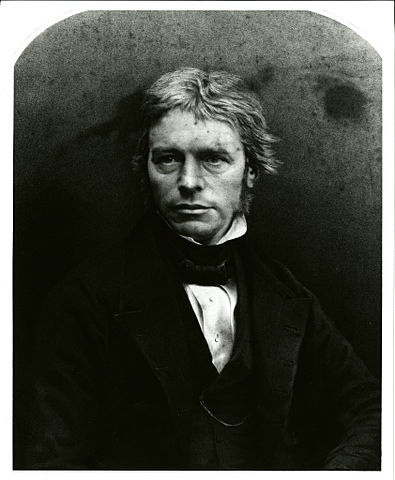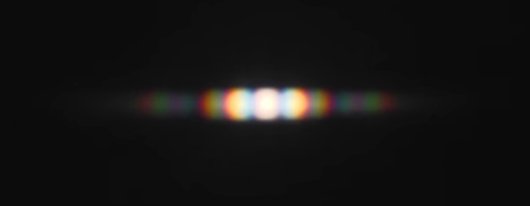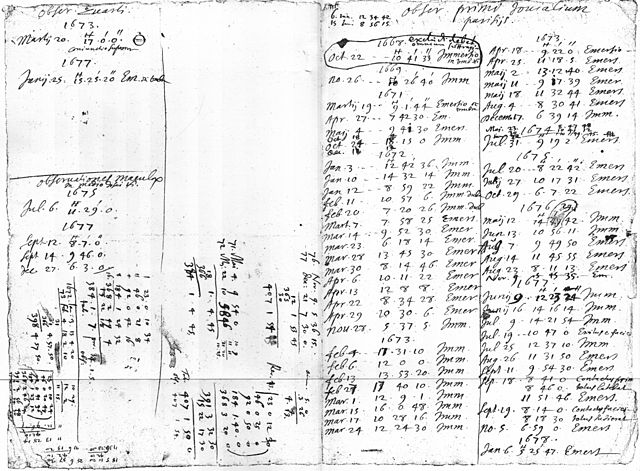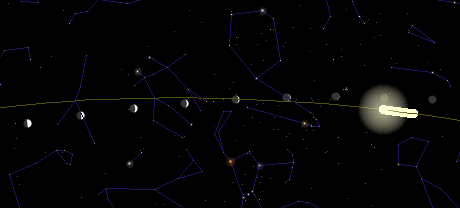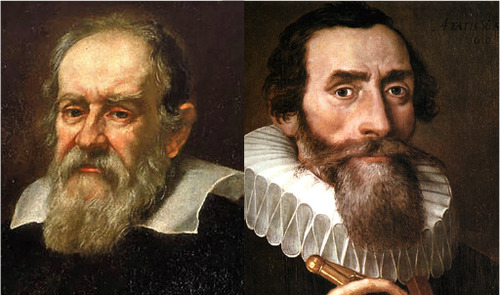As I endlessly repeat, I’m an experimentalist by training an inclination, so I especially appreciate stories about experimental science. There’s something particularly wonderful about the moment when an experiment clicks together, usually after weeks or months of hard, frustrating work, when things just keep breaking. Of course, sometimes, breaking stuff can be a Good Thing.… Continue reading Advent Calendar of Science Stories 19: Eucatastrophe
Category: Advent-Stories
Advent Calendar of Science Stories 18: Third Time’s the Charm
The winter solstice holidays are a time for family and togetherness, so building off yesterday’s post about the great Marie Skłodowska Curie, we’ll stay together with her family. Specifically her daughter Irène Joliot-Curie and her husband Frédéric. The Joliot-Curies are possible answers to a number of Nobel Prize trivia questions– only mother and daughter to… Continue reading Advent Calendar of Science Stories 18: Third Time’s the Charm
Advent Calendar of Science Stories 17: Kickstarter in 1921
There’s no way I could possibly go through a long history-of-science blog series without mentioning the great Marie Skłodowska Curie, one of the very few people in history to win not one but two Nobel Prizes for her scientific work– if nothing else, Polish pride would demand it. She made a monumental contribution to physics… Continue reading Advent Calendar of Science Stories 17: Kickstarter in 1921
Advent Calendar of Science Stories 16: Undergraduate Research
“You wanted to see me, Herr Professor?” “Hans! Yes, come in, come in. Just going over the account books. Frightful amount of money going out of this place.” “Well, radium is expensive…” “Ha! Oh, and speaking of which– here’s one of the sources. Absent-mindedly dropped the fool thing in my pocket last night when I… Continue reading Advent Calendar of Science Stories 16: Undergraduate Research
Advent Calendar of Science Stories 15: An Unusual Resume
“…and take care that all the signatures go in the right way round, eh, James? I was able to soothe Mr. Dance last time, but if another copy comes back to be rebound, M. de la Roche will put you out.” “Yessir.” “A little more care, there’s a good lad. Run home, now, we’ll see… Continue reading Advent Calendar of Science Stories 15: An Unusual Resume
Advent Calendar of Science Stories 14: A Slip of Card
Scientific controversies aren’t always settled by a single dramatic experiment, but it’s a lot of fun when they are. It’s even more fun when they can be carried out with, as the author put it, “without any other apparatus than is at hand to every one.” I’m speaking in this case of the famous “double… Continue reading Advent Calendar of Science Stories 14: A Slip of Card
Advent Calendar of Science Stories 13: Timing Light
Speaking of the timing of astronomical phenomena, as we were yesterday, the timing of celestial bodies was the key to the first demonstration of one of the pillars of modern physics, the fact that light travels at a finite speed. This actually pre-dates yesterday’s longitude discoveries, which I always forget, because it seems like it… Continue reading Advent Calendar of Science Stories 13: Timing Light
Advent Calendar of Science Stories 12: Time Tables
Returning to our mostly-chronological ordering after yesterday’s brief excursion, we come to one of the great problems of the 1700’s, namely determining the longitude at sea. Latitude is easy to find, based on the height of the Sun at noon– we told that story last week— but longitude is much trickier. Thanks to the rotation… Continue reading Advent Calendar of Science Stories 12: Time Tables
Advent Calendar of Science Stories 11: Feynman’s Plate
I’ve been trying to keep to a roughly chronological ordering of these stories, but this slow-motion snow storm that was waiting to greet us on our return from Florida made the schools open on a two-hour delay today, which eats the time I usually use for blogging and books stuff. So I’m going to jump… Continue reading Advent Calendar of Science Stories 11: Feynman’s Plate
Advent Calendar of Science Stories 10: Anagrams. Oy.
The final step of the scientific process is to share your results with others, and that’s the step where things are most prone to breaking down. Countless great discoveries have been delayed or temporarily lost because the people who made them were more concerned with protecting “their” secrets than with sharing new knowledge with the… Continue reading Advent Calendar of Science Stories 10: Anagrams. Oy.
